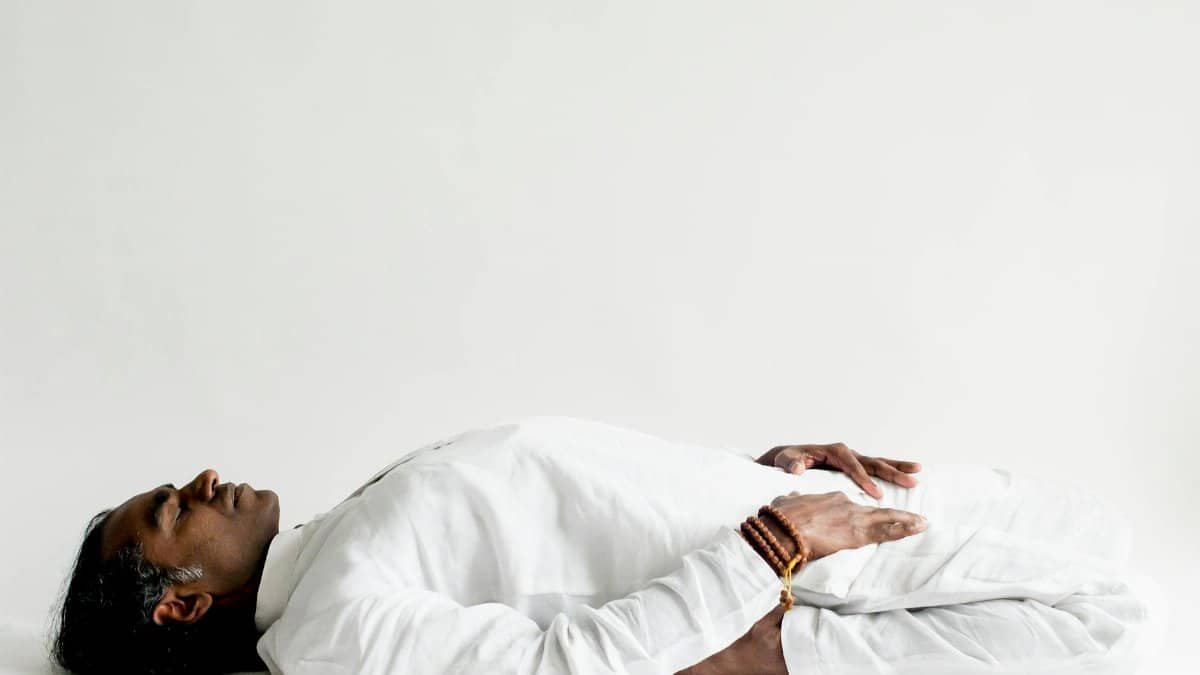New data shows that 70% of Americans report higher stress levels in 2025, but a simple tool is turning the tide: breathing techniques. From busy professionals to overwhelmed parents, people are discovering how controlled breathing can rewire the brain for better resilience and joy. It’s not just hype—experts say these methods, rooted in ancient practices, are backed by modern science, offering quick wins for mental clarity and emotional strength. As life gets faster, mastering your breath might be the key to staying grounded and happy.
The Science Behind Breathing Techniques

Breathing techniques aren’t some new fad; they’re grounded in how our bodies work. When you breathe deeply, you activate the parasympathetic nervous system, which calms the fight-or-flight response. Studies from Harvard Medical School show that practices like diaphragmatic breathing can lower cortisol levels by up to 20%, reducing anxiety on the spot. This isn’t just feel-good talk—it’s biology. By oxygenating the brain more effectively, these methods boost focus and emotional regulation, making everyday challenges feel less daunting. In a world full of distractions, it’s a straightforward way to hack your mindset.
Building Resilience Through Breath

Resilience isn’t about toughing it out; it’s about bouncing back smarter. Breathing techniques like the 4-7-8 method—inhale for four, hold for seven, exhale for eight—train your mind to handle stress without crumbling. Navy SEALs use similar tactics to stay calm under pressure, and now civilians are catching on. A report from the American Psychological Association highlights how regular breathwork strengthens neural pathways for endurance. Picture facing a tough workday or family argument: a few minutes of focused breathing can shift your response from reactive to resilient, fostering long-term inner strength.
Unlocking Joy with Simple Practices

Joy often feels elusive, but breathing techniques can flip the switch. Techniques such as alternate nostril breathing balance the brain’s hemispheres, promoting a sense of calm euphoria. Research from the National Institutes of Health links mindful breathing to increased dopamine release, the feel-good chemical. Users report brighter moods after just weeks of practice. It’s not magic—it’s about interrupting negative thought loops and inviting positivity. In 2025, with mental health apps booming, incorporating breathwork is an easy path to more daily joy without relying on external fixes.
Breathwork in Relationships: Healing Connections

Strained relationships? Breathing techniques might be the fix. Couples who practice synchronized breathing report better empathy and communication, according to a study in the Journal of Family Psychology. By syncing breaths, partners lower defenses and connect deeper, turning arguments into opportunities for growth. It’s especially relevant in healing relationships, where old wounds can resurface. Experts recommend starting with guided sessions to build trust. This energy shift isn’t abstract—it’s practical, helping individuals bring more joy and resilience into their interactions, ultimately strengthening bonds that matter most.
Common Challenges and How to Overcome Them

Not everyone nails breathing techniques right away. Beginners often struggle with consistency or feel silly at first. The key? Start small—five minutes a day. Distractions are another hurdle; apps can help with reminders and guidance. If breath-holding feels uncomfortable, consult a doctor to rule out issues. Overcoming these means treating breathwork like any skill: practice builds proficiency. Data from the Centers for Disease Control and Prevention shows rising interest in mindfulness practices, proving that persistence pays off in mental gains.
Practical Applications for Everyday Life

Integrate breathing techniques into your routine for real impact. Before a meeting, try box breathing to sharpen focus. At night, progressive relaxation breaths ease into sleep, combating insomnia that’s rampant in 2025’s always-on culture. For parents, teaching kids simple techniques builds family resilience. Athletes use it for performance edges, while office workers combat burnout. The beauty? No equipment needed—just your lungs. Tailor it to your life: morning rituals for energy, evening ones for unwind. This versatility makes breathwork a go-to for sustained joy and mental fortitude.
The Role in Personal Growth and Energy Shifts

Personal growth thrives on energy shifts, and breathing techniques catalyze them. By clearing mental fog, you open space for self-reflection and positive change. Yogic pranayama, for instance, is linked to heightened awareness and life satisfaction in wellness studies. It’s about more than calm—it’s transformative, helping shed limiting beliefs for a joyful outlook. In the U.S., with therapy costs soaring, affordable breathwork offers accessible healing. Embrace it for growth: regular practice aligns your energy, turning resilience into a habit that propels you forward.
Expert Tips for Getting Started

Ready to dive in? Experts suggest beginning with awareness: notice your natural breath patterns. Then, try guided videos from reputable sources. Set realistic goals—aim for consistency over perfection. Track progress in a journal to see resilience build. If you’re in a high-stress job, pair it with walks for amplified effects. Remember, it’s cumulative: small daily efforts yield big joys. With U.S. trends showing a surge in holistic health, 2025 is prime time to start reshaping your mind through breath.
